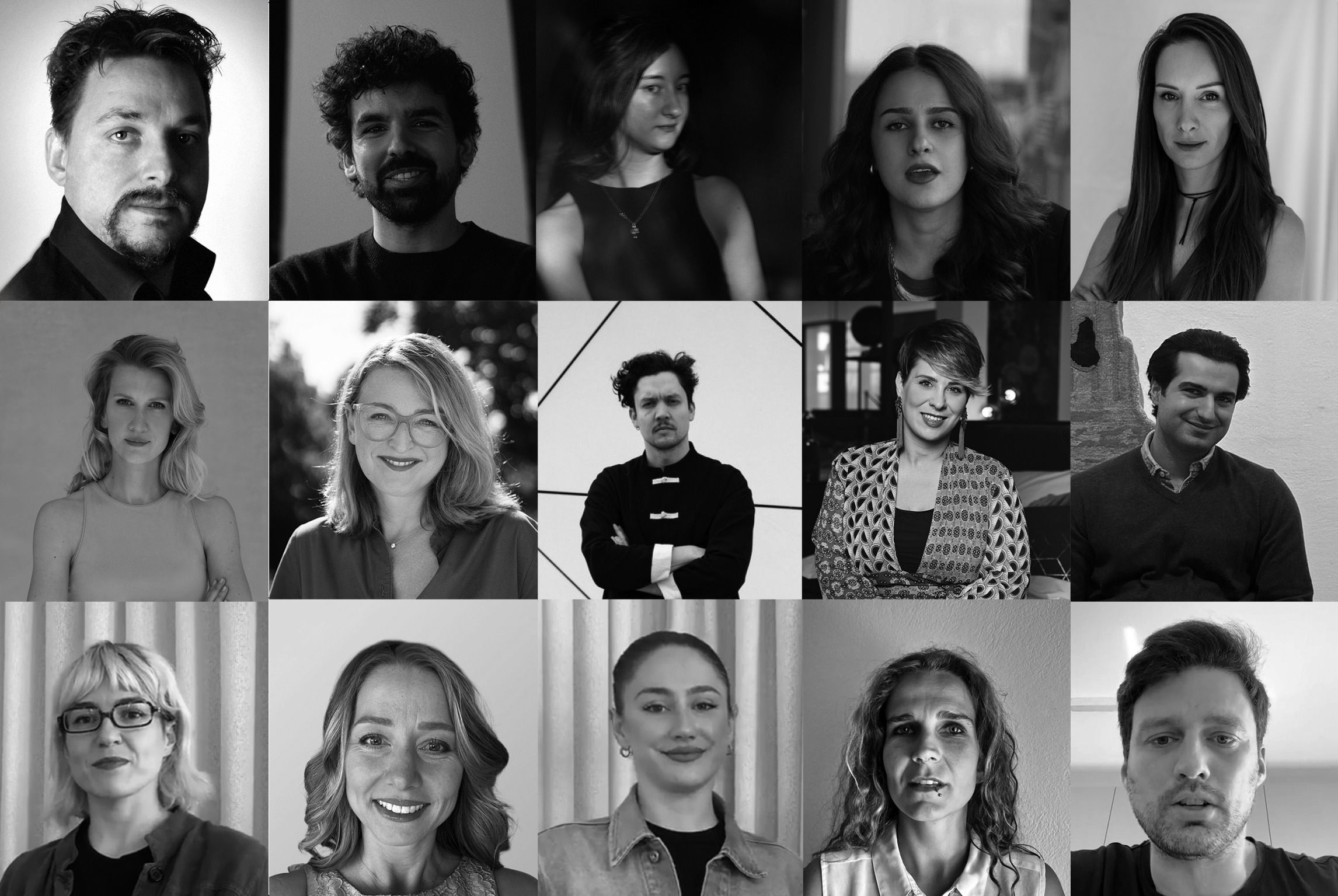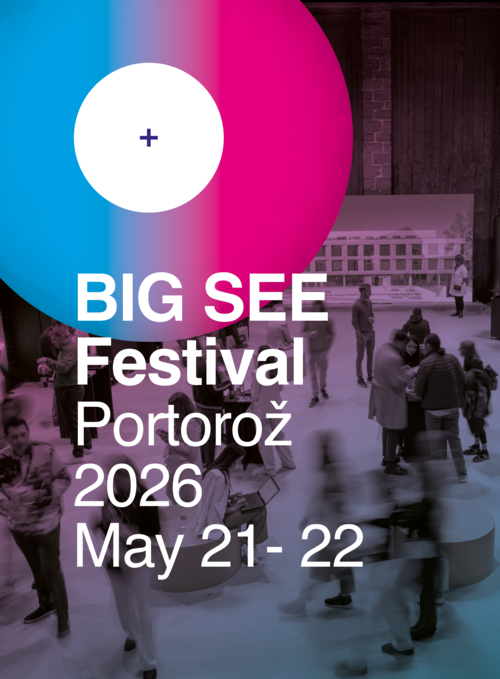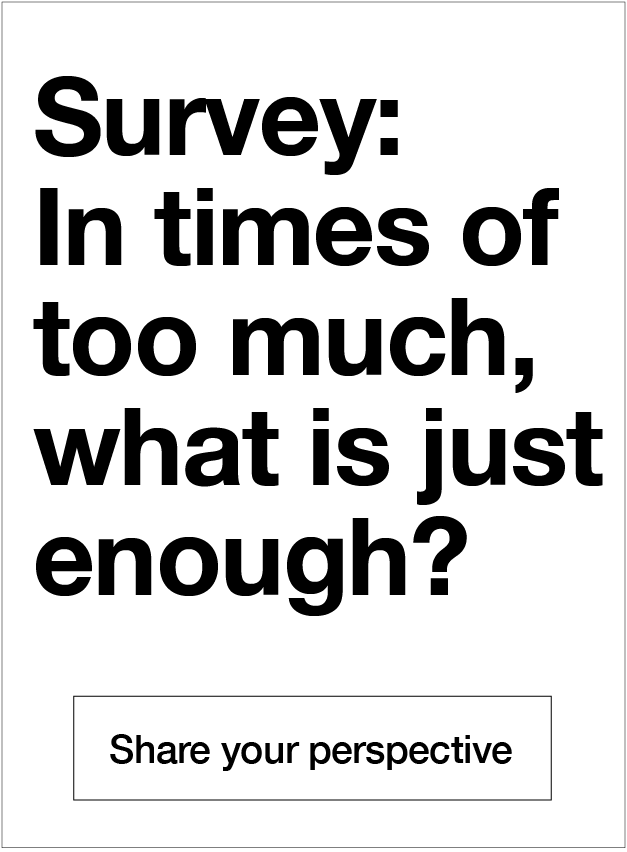What do we really mean by common sense in design? Is it intuition shaped by experience, respect for tradition, or clarity and restraint? To explore this, we invited interior designers, product designers, clients, entrepreneurs, and other professionals to share short answers without follow up questions.
Their responses form a mosaic of viewpoints. Some focus on heritage and craftsmanship, others on play and usability, and some on purpose and future impact. Read together, they show how common sense connects logic and emotion, and how it balances what lasts with what changes.
Below are selected thoughts arranged in three thematic groups. Each group offers a different lens on what simply makes sense in design today.
Tradition, meaning, and harmony
“Common sense in design is using tradition where giving purpose and meaning in the present.”
– Kian Rahnamoon, Dinodo Studio, Austria
“Common sense in design is longitude for me, creating values that last across generations.”
– Bence Sarkany, Hungary
“Common sense in design is to create something functional and beautiful that feels good to use and sparks emotions. It’s all about usability, touch, craftsmanship and that unique little character. And if all of that comes together, the objects start telling their own stories and that is exactly the magic I’m designing for.”
– Martina Zupanc Oberdorfer, ICHIGOVienna, Austria
“Common sense in design is harmony, nothing to add, nothing to remove.”
– Diana Shushkova, Bulgaria
Play, function, and material honesty
“Common sense in design is providing equal opportunities for everyone..”
– Emina Murtezić, Bosnia and Herzegovina
“Common sense in design is to be playful, to experiment with a bunch of things, have fun with it. It’s really similar to being like a child who is discovering something new for the first time, and that’s the feeling I’m looking for in my processes.”
– Demeter Fogarasi, Hungary
“Common sense in design is when form and function shake hands.”
– Andreas Kioroglou, Matadog, Greece
“Common sense in design means thoughtfully sourcing the finest quality natural materials from as close as possible. We believe in honoring craftsmen and their masterful skills, communicating that both design and creation hold equal importance, each depending on and uplifting the other with the aim of harmony.”
– Eszter Kunos & Anna Ebenyi, Vuuv works, Hungary
” I would say, as an answer to your question: form follows function, or function follows form sometimes. As example, a glass bead, a component of one of my lamps, although its beautiful shape is just a component of the whole assembly.”
– Dragos Dogaru, Romania
Users, choices, and future intent
” Common sense in design is connecting generations and giving tradition a future. We believe that when all techniques meet new ideas and artisans meet young designers, together they create products that are timeless.”
– Xhorxhia & Mikaela Maçka, Thurje Handmade, Albania
“I think that common sense in design is when something just makes sense. You don’t have to read, think or guess. It feels natural, initiative and effortless. And I think that this is when design disappears and experience takes over.”
– Jan Habat, FRESH32, Slovenia
“For me, common sense in design is about staying true to the materials, your inner voice, as well as creating pieces that are user -friendly, intuitive to use. However, I think we should also look into pieces and movements that question the status quo and deliberately create design objects in between art and design that challenge common sense. For example, in the field of collectible design and conceptual design we have such examples which really aim to question perception of what we think is a good design.”
– Catrinel Sabaciag, Romania
“Common sense in design is to create and develop for a better future and a better tomorrow. Always redefine how we think about living, materials and senses.”
– Boglarka Pitenyak, Hungary
“Common sense in design is making choices easy. It’s about giving people the freedom to personalize without overbinding them, whether it’s selecting the right shapes, colors or materials. True design adapts to our real lives, blending function an beauty in a way that just feels natural.”
– Tea Tadej, Croatia





